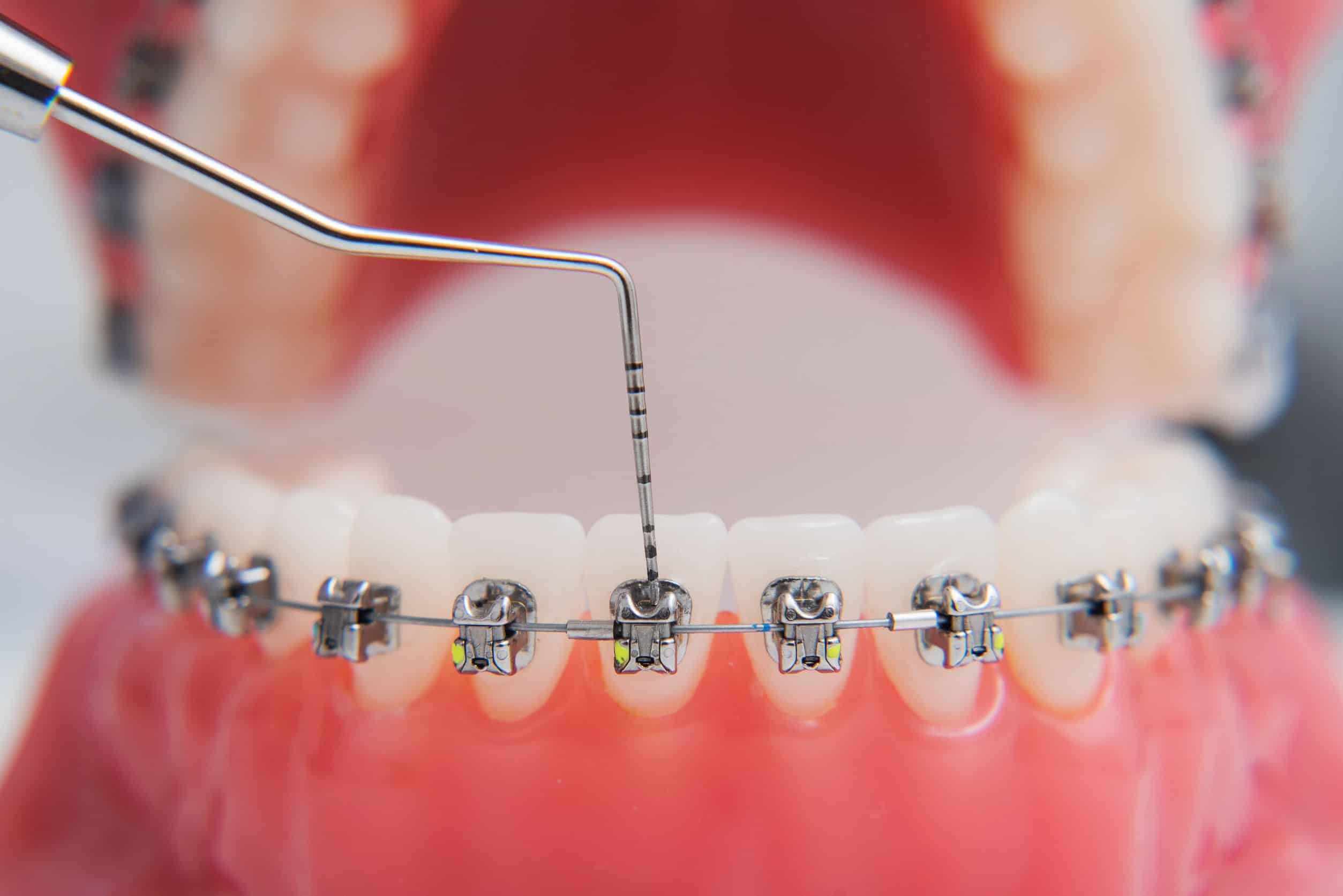About Legacy Orthodontics
About Legacy Orthodontics
Blog Article
The Basic Principles Of Legacy Orthodontics
Table of ContentsThe Ultimate Guide To Legacy OrthodonticsThings about Legacy OrthodonticsA Biased View of Legacy OrthodonticsGetting The Legacy Orthodontics To WorkSome Of Legacy Orthodontics
At Advanced Orthodontics, we supply clients with a all natural therapy experience. In addition, we provide adjustable treatment schedules, flexible payment alternatives and an enjoyable, satisfying experience. orthodontics. Telephone call ( 480) 357-4900 today for additional information and timetable a consultation.An orthodontist is a dentist educated to detect, avoid, and deal with teeth and jaw irregularities. They fix existing conditions and are trained to identify troubles that might establish in the future. Orthodontists work with people of any ages, from children to adults. Individuals commonly link an excellent smile with healthiness.
Malocclusion, or misaligned teeth, can bring about oral problems, including tooth decay, gum disease, and challenging or agonizing chewing. Not everybody is birthed with straight teeth. If you have a bad bite or large spaces between your teeth, you may wish to get in touch with a dental professional focusing on orthodontic treatment.
Some Of Legacy Orthodontics
( Image Credit Rating: DigitalVision/Getty Images) Orthodontists use fixed and detachable oral tools, like braces, retainers, and bands, to change the position of teeth in your mouth. Orthodontic treatment is for oral abnormalities, consisting of: Misaligned teethBite issues, like an overbite or an underbiteCrowded teeth or teeth that are too much apartJaw misalignmentThe objective of orthodontic treatment is to boost your bite.
A healthy and balanced bite guarantees you can consume, eat, and talk effectively. While you could think about orthodontists as primarily for youngsters or young adults who need dental braces, they can correct dental problems at any age. Orthodontists attend college, dental school, and orthodontic school. After graduation, they spend 2 or 3 years in an orthodontic residency program.
, yet not all dentists are orthodontists. They focus on 2 areas: Exactly how to properly and safely move teeth Exactly how to properly guide growth in the teeth, jaw, and faceOnce an orthodontist has finished training, they have the option to come to be board licensed.
Little Known Questions About Legacy Orthodontics.
Malocclusion leads to tooth overcrowding, an askew jaw, or uneven bite patterns. Malocclusion is typically treated with: Your orthodontist attaches steel, ceramic, or plastic square bonds to your teeth.
If you have only small malocclusion, you might be able to utilize clear braces, called aligners, as opposed to standard braces (https://www.reverbnation.com/legacyorthodontics). Some individuals need a headgear to assist relocate teeth into line with stress from outside the mouth. After braces or aligners, you'll need to wear a retainer. A retainer is a customized gadget that maintains your teeth in location.
They're most often used on children. They can develop added space in the mouth without having to pull teeth. If you have a major underbite or overbite, you may require orthognathic surgery (also called orthodontic surgery) to extend or shorten your jaw. Orthodontists use cables, surgical screws, or plates to sustain your jaw bone.
You may need to see an orthodontist if you have: Crowding or not enough area for all of your teethOverbite, when your upper teeth come over your base teethUnderbite, when your bottom teeth are too far forwardSpacing or issues with gapsCrossbite, which is when your upper teeth fit behind your base teeth when your mouth is closedOpen bite or a vertical space between your front bottom and upper teethMisplaced midline, when the facility of your bottom and top teeth don't align Correcting a dental malocclusion can: Make biting, eating, and talking easierImprove the symmetry of our face and your general appearanceEase pain from temporomandibular joint problemsSeparate your teeth and make them much easier to cleanse, assisting prevent dental caries or tooth cavities It's usually a dental expert that initially notices misaligned teeth during a regular test.
Unknown Facts About Legacy Orthodontics

Throughout your first orthodontic appointment, you'll likely have: An oral examPhotos taken of your face and smileDental X-raysPanoramic (360 degree) X-rays of your face and headImpressions to produce molds of your teethThese examinations will help your orthodontist know just how to proceed with your therapy. leesburg clear braces braces. An orthodontist is a dental expert who's had training to treat your teeth and jaw
An orthodontist is focused on your bite, so something like a broken tooth would certainly be taken care of by a dental expert. Orthodontists are concentrated on your bite, or the way your teeth fit with each other, and the straightness of your teeth.
Ever asked yourself exactly how celebs constantly seem to have flawlessly lined up teeth? The solution frequently hinges on the proficient hands of an orthodontist. What specifically does an orthodontist do? Orthodontists are dental specialists that concentrate on correcting abnormalities in the teeth and jaws. Their experience goes past just producing a lovely smile; it includes improving your overall oral health and function.
What Does Legacy Orthodontics Mean?

While braces are the most commonly acknowledged orthodontic treatment, orthodontists have a varied toolkit at their disposal. The particular strategy chosen depends upon the severity of the instance, the person's age, and private choices. These tried-and-true dental braces utilize a system of braces bonded to the teeth and linked by wires.
Clear aligners, like Invisalign, are a preferred option for people seeking a more very discreet treatment option. These removable trays are custom-made to considerably change the teeth's placement. Headwear may be utilized in conjunction with dental braces or aligners to apply additional targeted pressures, specifically for fixing jaw discrepancies. In cases of slim jaws, palatal expanders can be utilized to create space for correct tooth placement.
Report this page